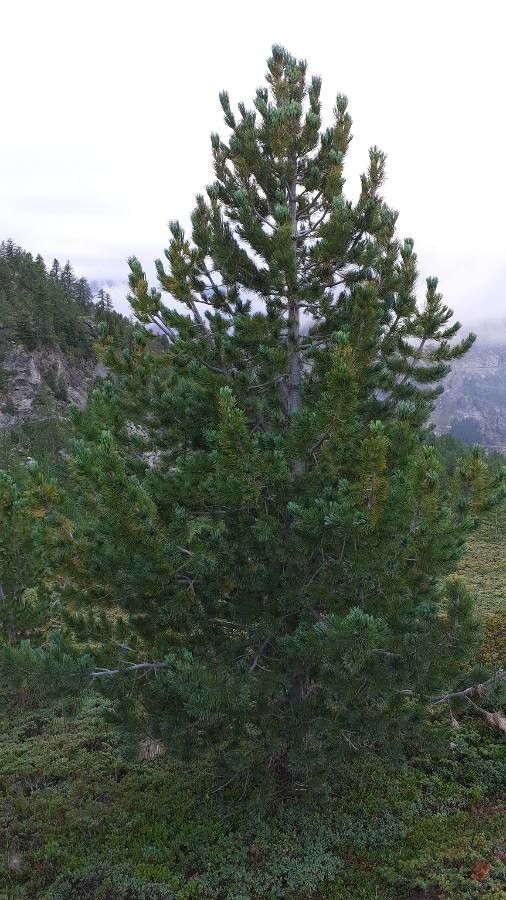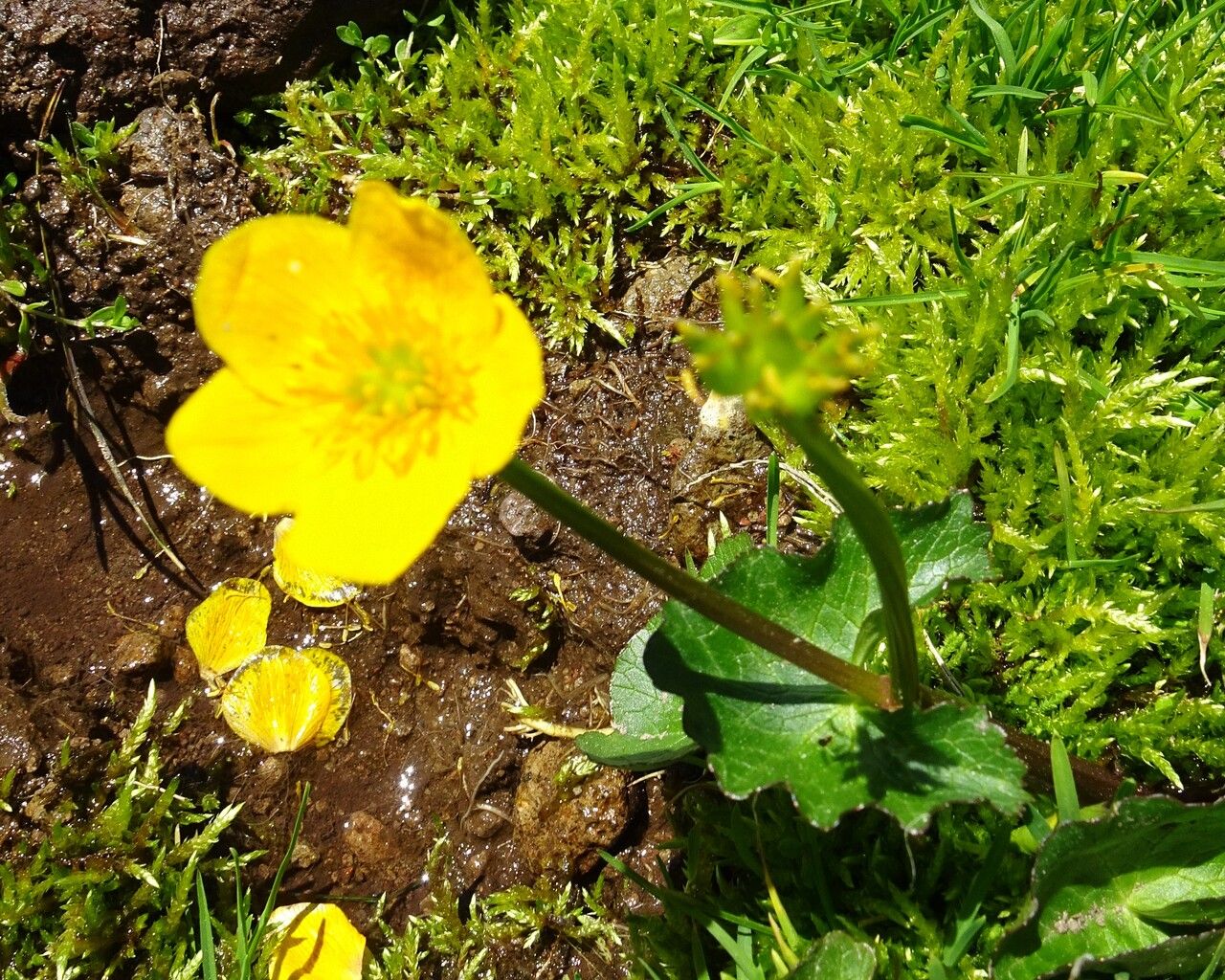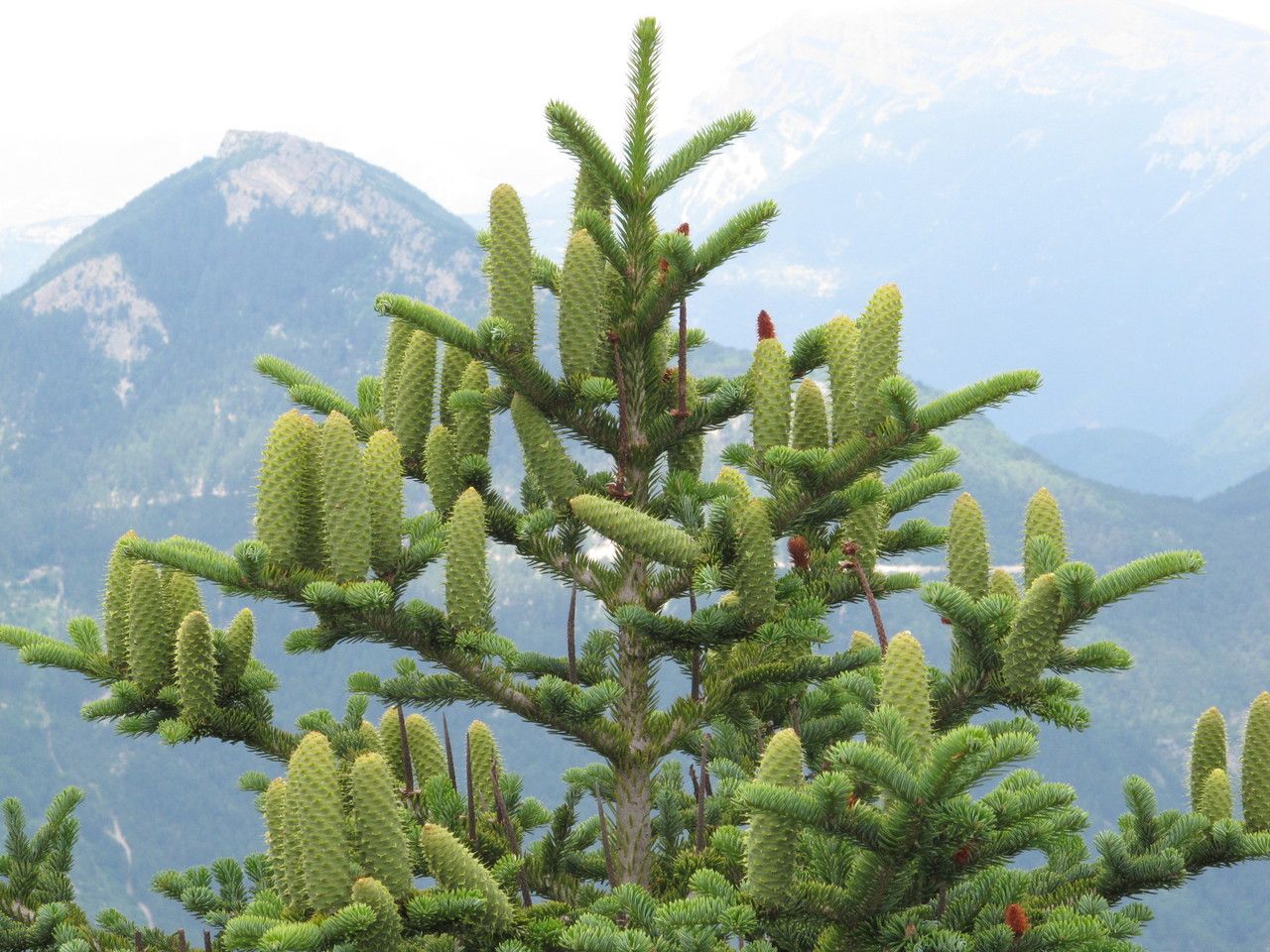## Arolla Pine: A Majestic Mountain Monarch
The Arolla Pine, *Pinus cembra*, stands as a symbol of resilience and beauty in the high-altitude landscapes of Europe. This majestic evergreen, a member of the Pinaceae family, commands attention with its distinctive pyramidal shape and enduring presence. Let's delve deeper into this fascinating species.
### Habitat and Growth
Arolla Pines thrive in mountainous regions, typically found at altitudes between 1,200 and 2,300 meters (3,900 and 7,500 feet) above sea level. Their natural habitat spans across the Alps, Carpathians, and some parts of Siberia. They prefer well-drained, slightly acidic to neutral soils and are highly tolerant of cold, harsh conditions. These slow-growing trees can reach heights of up to 25 meters (82 feet), but more commonly stay in the 10-15 meter (33-49 feet) range, showcasing a dense, compact crown.
### Physical Characteristics
The Arolla Pine's needles are a striking bluish-green, arranged in bundles of five, a key identifying characteristic. These needles are relatively long, reaching lengths of up to 8 centimeters (3 inches). The cones are ovoid, relatively small, and are often held upright. They mature slowly, taking two years to fully develop, and release seeds that are a valuable food source for various animals, including the nutcracker bird, which plays a crucial role in the tree's seed dispersal.
### Uses and Cultural Significance
For centuries, Arolla Pine has been valued for its strong, durable wood, used in construction, furniture making, and even musical instrument crafting. The wood's rich color and pleasant aroma make it a prized material. In addition to its practical uses, the Arolla Pine holds cultural significance in various Alpine communities, often associated with longevity and resilience.
The seeds, known as 'pine nuts' or 'pignoli' in some areas, are edible and are increasingly used in culinary applications.
### Cultivation and Care
Cultivating an Arolla Pine requires patience and understanding of its specific needs. They prefer full sun to partial shade and well-drained, slightly acidic soil. While tolerant of cold, they are less resilient to drought. Young saplings benefit from protection from harsh winds and frost during the early years. Regular watering, especially during dry spells, is crucial, particularly when establishing a young Arolla Pine.
### Pests and Diseases
Like most conifers, the Arolla Pine can be susceptible to certain pests and diseases. Fungal infections can sometimes affect the needles and branches. Proper spacing, adequate drainage, and careful monitoring can help minimize potential problems.
### Conclusion
The Arolla Pine is more than just a tree; it's an emblem of the rugged beauty and enduring spirit of the mountains. Its adaptability, unique characteristics, and valuable contributions have secured its place as a highly respected and treasured species. Understanding its needs and appreciating its significance helps ensure its continued presence in our landscapes for generations to come.
Arolla Pine: Majestic Mountain Tree Guide

Frequently Asked Questions
How do I grow an Arolla Pine?
Arolla Pines require well-drained, slightly acidic soil and a full sun to partial shade location. Young trees need protection from harsh winds and regular watering, especially during dry periods. Patience is key, as they are slow-growing.
What are the uses of Arolla Pine wood?
Arolla Pine wood is valued for its strength, durability, and pleasant aroma. It's used in construction, furniture making, and even in crafting musical instruments.


